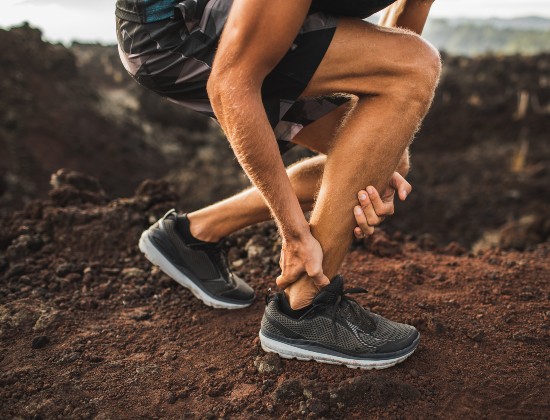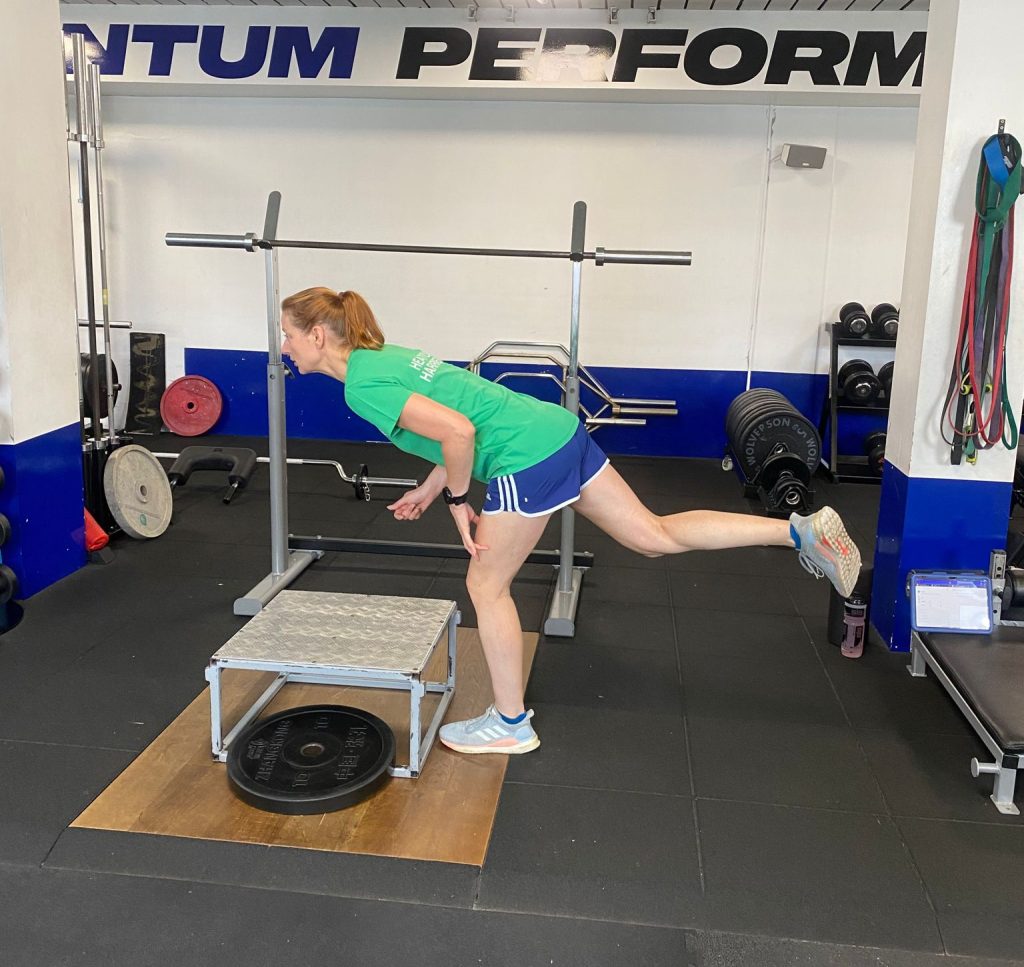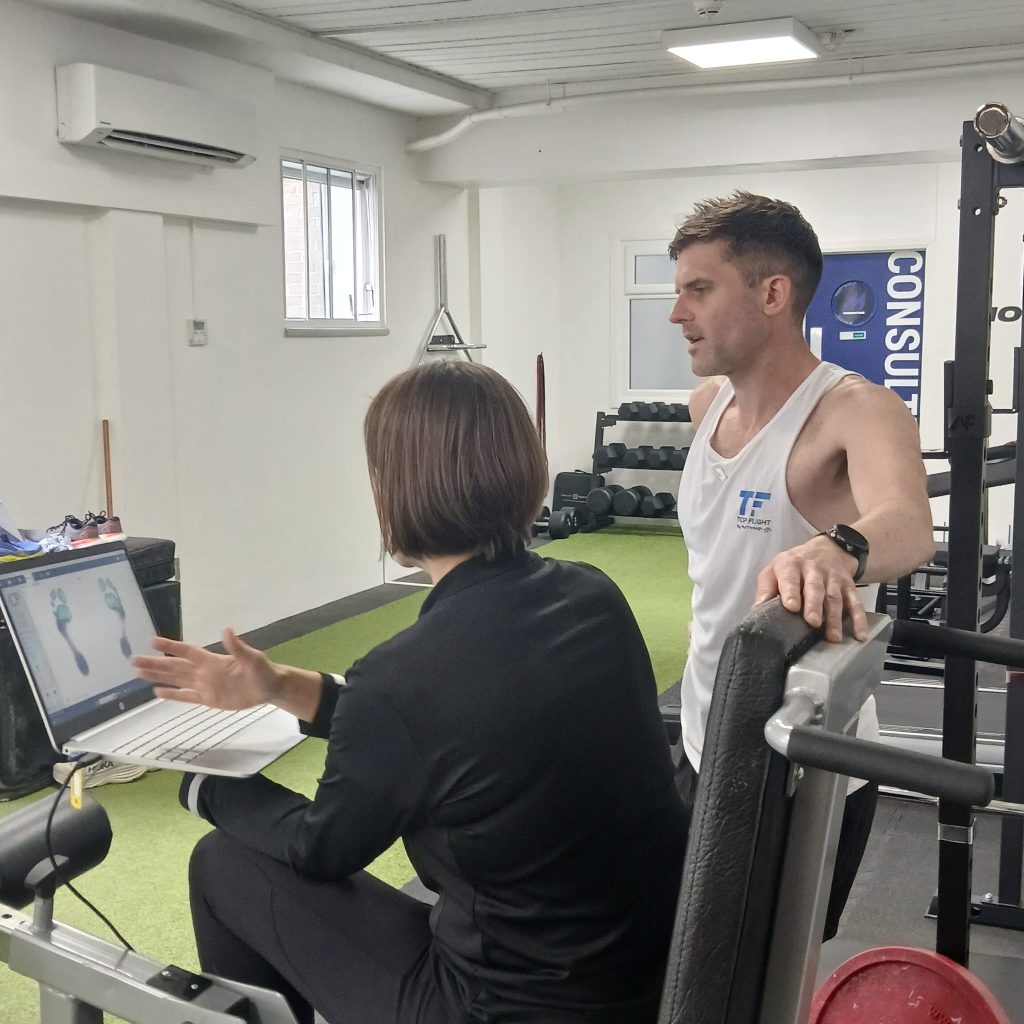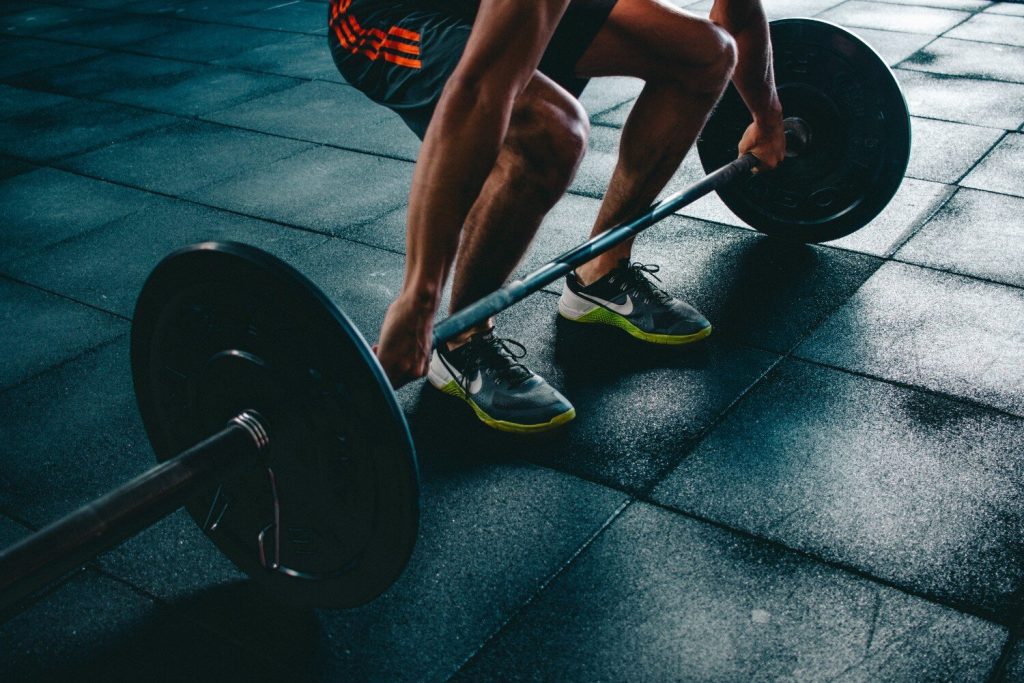DIAGNOSIS
Tendinopathy, also referred to as tendonitis, is a condition that represents physiological change within a tendon. While you can experience tendonitis in any of your body’s tendons, it is the patellar and achilles tendons that are the most commonly affected for runners.
Achilles tendinopathy is characterised by pain at the top of the heel and just above, in the achilles. This may be at its worst in the morning or after exercise, or get worse during the day or during exercise. A swollen achilles is also a sign of tendonitis.
The primary symptom of patellar tendinopathy is pain in the knee at the base of the kneecap. You may also experience swelling around the area and a burning feeling in the kneecap.
Cause
The achilles and patellar tendons are force-producing tendons. They absorb load and use the stored energy to propel the body in the opposite direction. While they are two of the strongest tendons in the body, they can be worn down by overuse or spikes in training load.
Overuse and substantial increases in load are the primary causes of tendinopathy. However, there are additional risk factors that increase the chances of experiencing tendinopathy. As you age, you become more susceptible to tendinopathy due to the reduced elasticity of your tendons. Those with a high BMI are also more likely to suffer from tendinopathy as their increased body weight puts more strain on the tendons.
Treatment
The most effective way to avoid tendinopathy is to increase your training load in small increments. Increasing how often you run or how far you run by 10-15% per week is a safe way to do more without running the risk of damaging your achilles or patellar tendon.
Tendinopathy worsens over time. Initial damage is usually categorised as reactive tendinopathy, with further damage leading to tendon disrepair and eventually degenerative tendinopathy. The severity of the tendinopathy you experience will determine the direction of your rehabilitation.
As a runner who has recently increased their load, it is more than likely you are experiencing reactive tendinopathy. In this case, treatment should comprise:
- Rest — In the immediate term, you should stop running. As the pain subsides, you should consider some light exercises.
- NSAIDS — If the tendinopathy is causing significant pain, take a non-steroidal anti-inflammatory drug, such as ibuprofen or paracetamol. However, you shouldn’t take NSAIDS for longer than 7 to 14 days.
- Exercises — Strengthening the tendon is important in treating tendinopathy. Completing light exercises designed to aid in tendinopathy recovery every day will help control pain.
- Progressive loading — As your recovery progresses, slowly increasing the load on your achilles or patellar tendon will aid in your recovery. It is also essential to preventing relapse that you apply training that replicates running, as it will ensure your knee is strong enough.
HERE TO HELP
We’d be happy to help, so if you’re in pain after running and want expert advice, get in touch with us today



